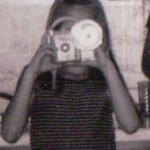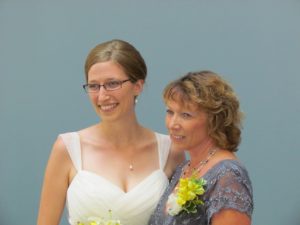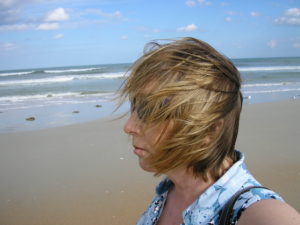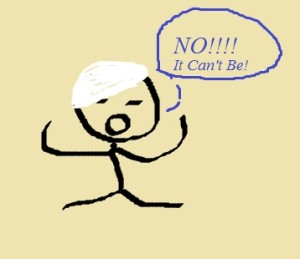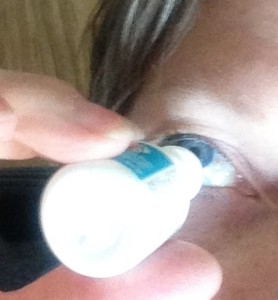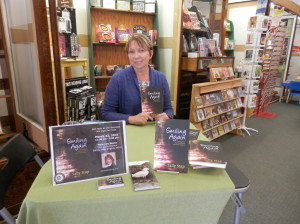Pictures capture the memories of life – both significant and small. For Acoustic Neuroma survivors, it also causes serious stress and angst. We WANT to be in pictures, people in our lives encourage us, we cooperate, and are then frequently horrified by the results.
First, the facts.
Smiling intentionally and smiling spontaneously are two different things. How often do you walk around with a smile like in pictures? Our cheeks would ache and we would appear insincere. We move our mouths normally all day with minimal movement, and then say “CHEESE” with huge movement when a camera appears. So if you think about it, you’ll start to notice the distinct change in others’ faces at that moment that the camera appears.
The mechanics of smiling
Our Eyes – We smile with our eyes as much, or even more than our mouths. Technically, the twinkle in the eyes of someone who is genuinely happy is caused by tear layer being compressed with slightly squinted eyes, which causes more reflection in the thicker layer of fluid.
Our Cheeks – We smile with our cheeks. A spontaneous smile originates when our cheeks lift our lips.
What? – There’s two ways to smile if you really think about it. Try it in front of a mirror. If we force a smile, it is using the muscles around our mouth. Those muscles are frequently suffering from a combination of paralysis and synkinesis following brain surgery. However, If we try to ignore our mouths and think happy thoughts and let our eyes smile, our cheeks pull up our lips. Subtle, but worth thinking about.
When the pictures come – We are accustomed to seeing ourselves in a mirror. Pictures show us as others see us, which is different. We might think we look okay in a mirror only to be horrified when we see a picture. The more symmetrical one’s face is, the more familiar their face will be in pictures. Since paralysis and synkinesis causes asymmetry, we then look very different to ourselves in a picture. So, when the pictures come, or someone hands you their camera phone, hold it up to a mirror and look at it in the mirror. You might be surprised. It doesn’t change the picture, but it lets you see yourself in the way that you are accustomed to.
Positioning – Huge life moments happen that we want to remember, but we cringe about having our picture taken. That’s where positioning comes in. In a formal picture setting, quietly mention to the photographer that you have a legitimate issue with your face and could they keep that in mind when positioning. I did that at my daughter’s wedding and was very pleased with the outcome. I’m turned so that the good side of my smile shows, and the “bad” side is turned away from the camera.
If you are in a candid setting, don’t lose the moment! Turn your face a bit to the side, or hold something in front of your bad side. I have a picture with my grandson where he is holding a balloon. You can only see the top half of his face and one side of mine. It is very cute with us peeking around the balloon. I’ve held a wine glass up (cheers) to cover half my face or the corner of my mouth. When my face was fully paralyzed on the right side, I turned totally sideways in front of the ocean. You see my profile with wind blowing my hair over the good side of my face. I love the picture. For me, it captures my pleasure at surviving, walking, and breathing ocean air. Call it art if you don’t consider it to be a portrait. . .
Smile small – I hate it when I pose for a picture and someone I don’t know says “smile bigger!” I just say, “This is all you’re going to get.” A small, pleasant smile can minimize the two sides and look quite nice.
Makeup – Here’s a bonus for the ladies: A couple of things that can be done to help symmetry is to part our hair so that it draws the eye to the “normal” side of our face. Contrary to what you would think, you want the part of your hair on the paralysis side. Also, if you put lower eyeliner above the lashes on your larger looking eye, and under the lashes on the smaller looking eye, they will look better. On your lips, put lipstick on, but then add a touch of shiny gloss on the skinnier side of your upper lip. That will cause a slight optical illusion.
SO. . .
Even with these tips, there are times when you need to forget facial issues and “just” smile, let a picture be taken, and embrace that we are unique. It’s okay. There’s much more to us than our faces. There are many ways to show love, pleasure, or acceptance beyond a facial expression.
